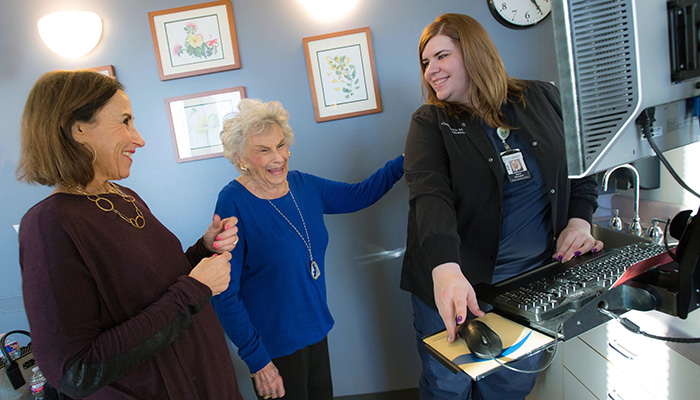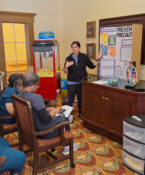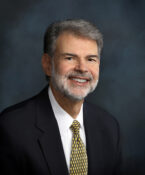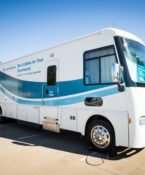Patient Navigator cuts red tape to ensure excellent care
By Betsy Friauf
Bernice Etcoff needed help. She couldn’t lift her arm to do simple things like combing her hair or getting dressed. She was in pain and had an unexplained sudden weakness in her shoulder.
Based on a physical exam, her physician, David C. Mason, DO, suspected a torn rotator cuff. An imaging study would confirm his diagnosis.
“Often, MRIs are used to diagnose these injuries. But for Mrs. Etcoff, who is 89, the MRI procedure, which requires lying motionless in a noisy tube, would be far too uncomfortable,” said Dr. Mason. So he decided in favor of an ultrasound exam that is easier for the patient to tolerate and is far less expensive than an MRI.
The problem was that there are not many radiologists in North Texas who perform and read musculoskeletal ultrasound exams of the shoulder. That’s where Patient Navigator Staci Rhoudes, who works with Dr. Mason, stepped in to run interference.
“She called all over town to find a radiologist who would do the test,” said Mrs. Etcoff’s daughter, Michele Reynolds.
The patient navigator in Dr. Mason’s osteopathic manipulation practice helps patients get the care they need. She cuts the red tape that can delay referrals, insurance authorizations and other prerequisites.
“I help patients with paperwork, and for new patients, I do it well ahead so their first visit goes smoothly,” Rhoudes said. “They work with the same person – me – all through the treatment, for continuity. I help arrange tests, physical therapy and other interprofessional needs.” After the initial visit a follow-up call is made to make sure the experience was positive and all questions answered. Any testing or consultations are tracked down for review at the next visit.
Rhoudes also becomes the direct line of communication between the patient and the doctor. Her familiar face in the office or voice on the phone reassures the patient that the message will be delivered.
In Mrs. Etcoff’s case, Rhoudes also found a specialty pharmacy that would prepare a specific topical cream to relieve pain, prescribed by Dr. Mason.
“Dr. Mason’s use of the osteopathic approach to medicine combines with Rhoudes’ work as patient navigator to create a comfortable, coordinated care environment for the patient,” Reynolds said. Communication, education and follow-up helps reduce the confusion and fear associated with being sick and trying to arrange for treatment.
With Dr. Mason’s care and the physical therapy he prescribed, Mrs. Etcoff said, “I can get dressed and fix my hair on my own.” Her range of motion is a better and so is her quality of life.
In fact, Reynolds is so pleased with the care her mother receives, she herself is a patient of Dr. Mason, and she brings her husband and two daughters to him.
To arrange an appointment with a UNT Health provider, call 817-735-3627.


![Uyen Sa Nguyen Scaled[58]](https://www.unthsc.edu/newsroom/wp-content/uploads/sites/16/Uyen-Sa-Nguyen-scaled58-145x175.jpg)



Social media